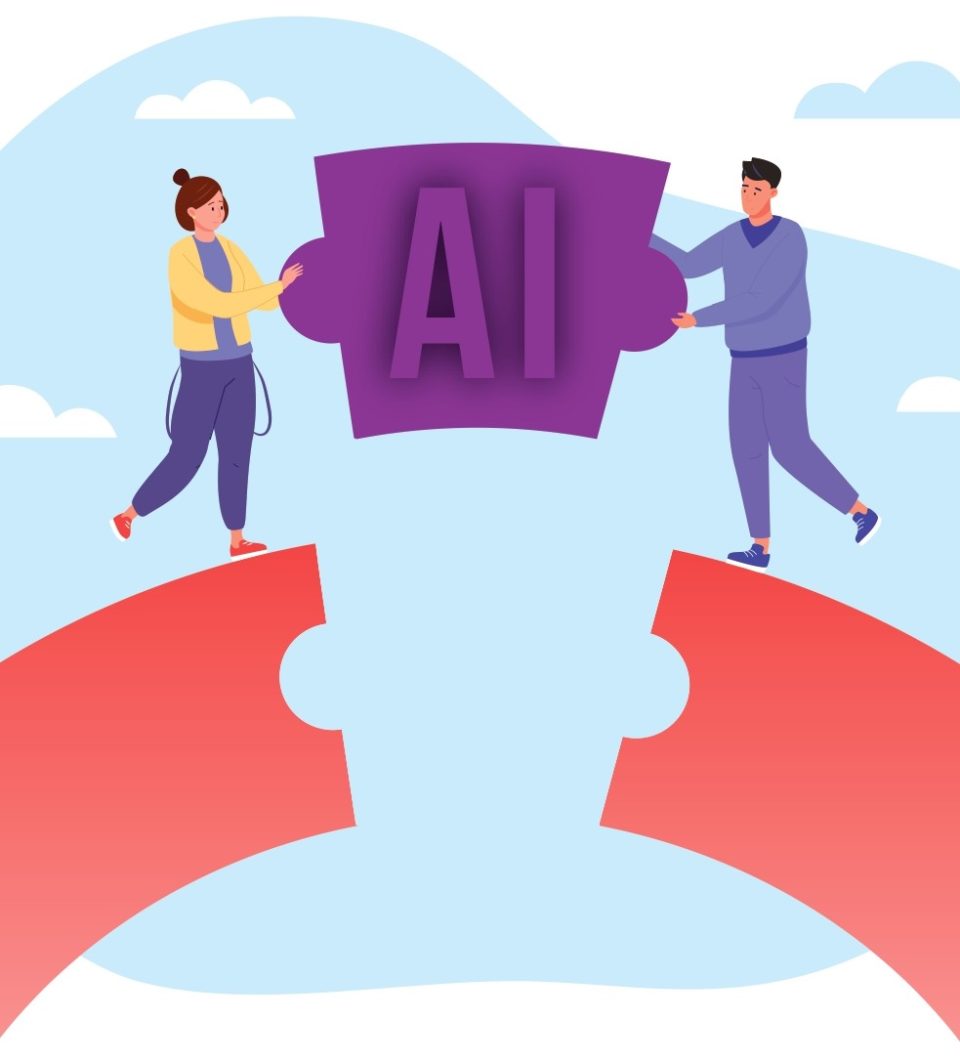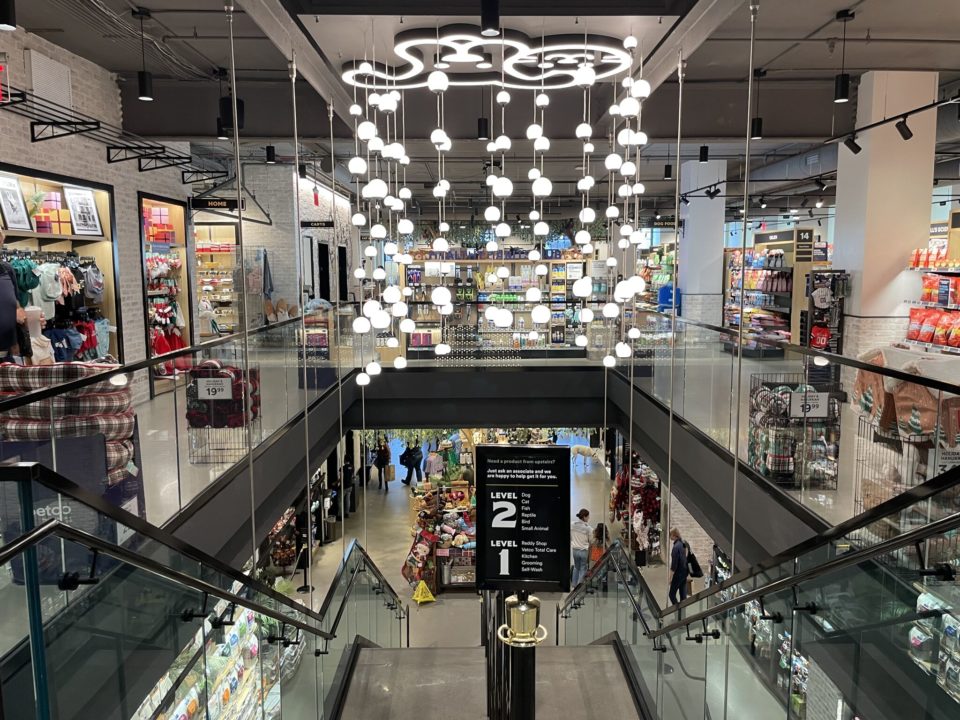Are loyalty marketing programs obsolete in the future of retail? Insights from Jesse Sandqvist of Seed

Seed Digital Media is one of Finland’s digital loyalty marketing frontrunners, and help retailers design, build and automate effective loyalty programs. We talked to Jesse Sandqvist, the company’s Marketing Strategy Director, to find out more about Seed, integrating omnichannel and personalisation.
In one sentence, who you are and what do you do?
I’m one of the original founders of Seed. But now that I’ve sold the company, I’m a loyalty strategist.
What do Seed look at?
Seed helps retailers and other companies to design, build and automate loyalty marketing programs. We try to get retailers more visits with the least amount of marketing money possible.
How does omnichannel fit into what Seed are doing?
It fits very well because most of the commerce is still happening in the physical store. E-commerce is growing double digits with most of our customers but still 87% of the actual money comes from the physical store. So it’s very interesting to understand who is buying from the store, how often they are buying, and if we can personalise. We try to understand how individual people move from online to offline to the store and back online. It’s a learning process so we accumulate data, our knowledge and understanding about individuals. The longer we get you to come to our stores the more we know and better experiences we can create.
How do you think discounts offers and loyalty points fit with the future of retail?
You have to differentiate yourselves with the experiences. That’s a much more healthy way to grow a retail business, and point systems are outdated. Most of them don’t really drive any loyalty at all. They swipe the card but that doesn’t really influence which store they choose. Once you get more into the emotional level of connection, that’s where you’ll win.
If we could individualise offers, do you think they would become more relevant?
Well that’s the goal. To really be on some emotional level rather than a rational level. It should be about the context and to create a kind of service experience rather than a marketing experience.
So how is Seed moving from being loyalty based to omnichannel based?
It’s all about customer experience and we’re focusing on what happens in the store. Technology is now a drive as we can get the data from the actual store, the physical store. You have a website and an e-commerce site, you have Google analytics or some other analytics software. So now we can put that on your physical store and that opens up a whole new set of data to work with.
Absolutely. Can you tell me about some of Seeds’ most interesting, innovative recent projects?
There are two things. One is called ITIS. It’s a shopping mall. It’s probably the largest shopping mall in Scandinavia. There, we are looking at FootFall Analytics. So we are looking at how people are walking there, and where they are walking. On top of that, we are doing marketing attribution and modelling, because they do events and they do all kinds of marketing in different media. So we link the FootFall into the media spend and try to see whether we get any more visits that when we invested in a certain media or event. It’s good because a shopping mall is a simple business you want to have people come back to, but you also want to get new visitors. So these are two KPI’s we are monitoring. This is what we are doing, and we are building loyalty concepts on top of this. From there, we are trying to identify a lot of people and create a media like an email list.
Do you think apps or smartphone digital components will become integrated into stores in future?
Interesting question. Smartphones components, yes. Apps, I don’t know. The challenge with apps is that there’s always a gap between people who should have it and people who do have them. I read your post on Google’s Physical Web and I think somehow this will happen. Mobile will be the remote control that we will use wherever you go in retail.
What was the other exciting project you wanted to talk about?
The other one is where we use location data and customer data and combine them. When people walk out or pay, it’s too late to influence a shopping experience. So we said, “okay how can we identify people when they walk in?” We came up with the concept where we use just location sensing technology, mobile technology and web technology. The service works in that people can sign up for instant offers when they walk in the store. So we took some customers and offered them this opportunity. We promised that every time they walked in, once a week, they’d get a personalised offer. They got it through SMS and all they had to do was to keep their Wi-Fi on. So every time we could see a person in the pilot group walk in, we sent them an SMS. At the beginning we started with one personalised offer and in the end we personalised offers just to see if there was any difference. We had a control group who were also shopping in the same place. Long story short, the pilot group bought 14% more each time than the control group. If you extrapolate that to maybe 50,000 customers, it’s millions we would have. We’re now expanding to more shops, people and channels.
Do people need to log in to this service?
You only need to have the Wi-Fi on. The only complaints we got were that people didn’t receive the messages. We looked into that and it appeared that they came more than once a week to the shops. So they wanted more but we had set the rules so that you could only get one per week.
In terms of the personalised offer, how personalised were they exactly?
Once we automated it properly, we could create unlimited amount of offers. But in this pilot we looked at the purchase history and we had a list of offers we could give them and chose so it was also manual. But there’s no limit to what we could do.
Are there any other brands or third party tech companies you think are really shaping the future of omnichannel retail personalisation?
I’m the most impressed by brands that are entering into their own retail. Brands who are opening up their own retail shops and e-commerce from scratch. I think they come with the most innovative in-store concepts and also loyalty concepts. So I would look for these brands to come up with the coolest stuff. Finnish company Reima, for example, have now started this clothing line with sensors inside and an app so you can actually monitor where your kid is and what their activity is like. Also I found an online toy store that’s quite big in Scandinavia called Lekmer. They opened a new store in Stockholm and it was a kind of showroom. I think the future of retail is all about data. Especially real-time data. Mobile is also a big thing that we can’t underestimate. Is it an app or is it something else? I think mobile will be some kind of offline cookie you are in control of, and everything kind of happens around you and your mobile. It controls the experience. Watch this space for more interviews, retail openings and retail innovations. You can also follow us on Twitter, Facebook or check out our LinkedIn page. See you soon!



